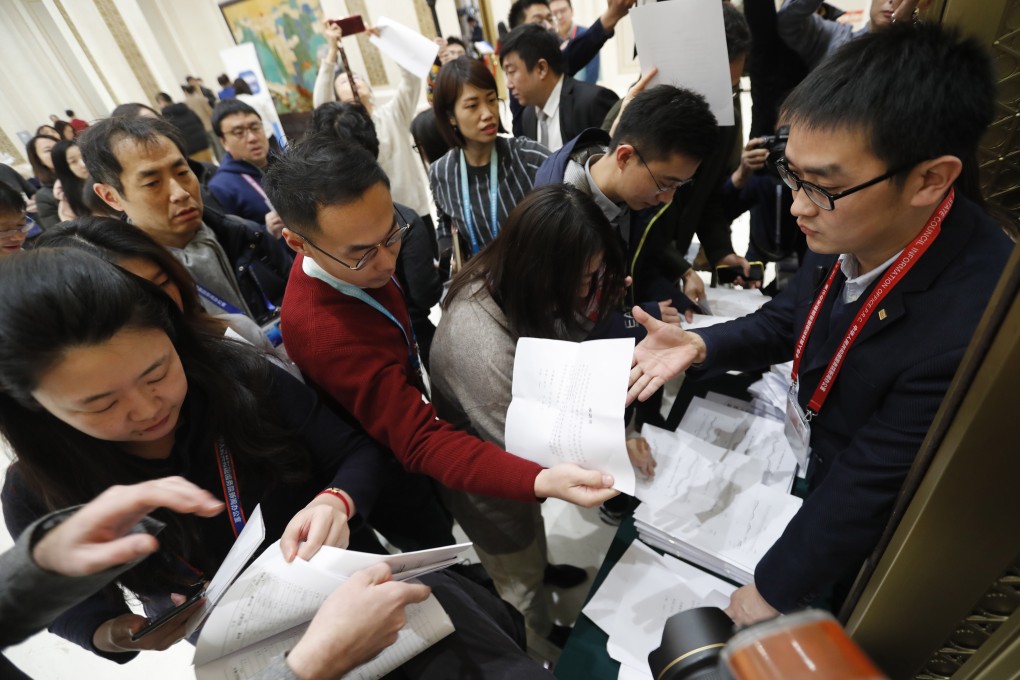Outside In | If GDP doesn’t add up, how is the world to measure well-being and progress?
- The world’s fixation with GDP has been questioned since the 1970s by Bhutan, which started measuring Gross National Happiness instead. Maryland is counting truly precious items like leisure. How can Apec contribute to the discussion?

Just over a decade ago, the government of Nicolas Sarkozy in France set up a Commission on the Measurement of Economic Performance and Social Progress. Its report, by a team led by Nobel laureate Joseph Stiglitz, was titled Mismeasuring Our Lives: Why GDP Doesn’t Add Up.
A year ago, revisiting the theme, Stiglitz reiterated: “If we want to put people first, we have to know what matters to them, what improves their well-being and how we can supply more of whatever that is. The Beyond GDP measurement agenda will continue to play a critical role in helping us achieve these crucial goals.”
The consensus on the shortcomings of GDP as “the overlord of measures” of economic progress strengthens by the year. So it is welcome that Apec, under Malaysia’s chairmanship this year, is looking “beyond GDP”. But it is perplexing at the same time, since the literature on the issue has simmered for decades. The Asia-Pacific Economic Cooperation forum’s largest challenge will be coming up with something new to say.
